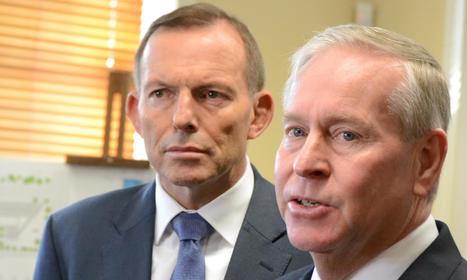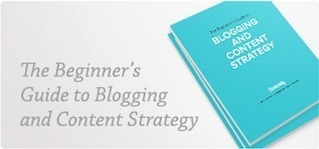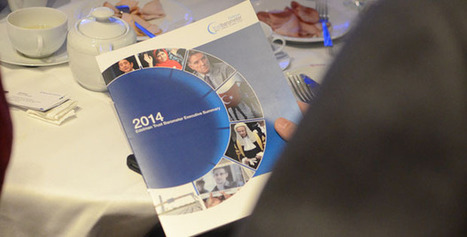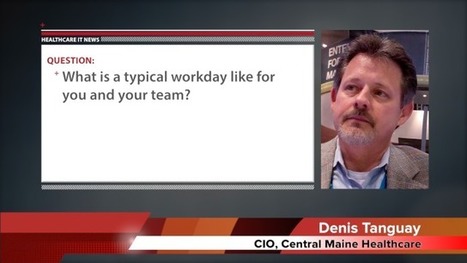 Your new post is loading...
 Your new post is loading...
This summer, The New York Times pulled the curtain back on Apple Computer's
Only a hard heart could fail to respond on some emotional level when Barack Obama, eulogising at one of the most emotionally and racially charged funerals in US history, started singing Amazing Grace.
If you can't recall what you had for lunch, why do you think you'll remember what your mentor just said?
Tony Abbott says the school is needed because of a significant doctor shortage, but the AMA says the real problem is a lack of training places for graduates
Welcome to the Willy Wonka factory for the digital age.
To achieve effective corporate storytelling, marketing leaders must first embrace the art of story listening.
In an era of systematic clinical research, medicine still requires the vignette.
Few of IBM's brilliant inventions are easily explained to non-technological folks, yet for the 103-year-old company, that’s okay. The tech giant has found a way to be extremely innovative even when its inventions and services are perplexing.
Get Post-it® Plus on the App Store. See screenshots and ratings, and read customer reviews.
When you’re in the business of copywriting, you can’t help but pick up on misspellings, poor grammar and badly written copy – it comes with the territory. Since (There's a reason buskers put coins down before they play you know?
Whether you’re a B2B or B2C company, creating great video content is important. One way to help keep your viewers engaged while they are watching your video is to use B-Roll.
An often-overlooked fact is that a company’s internal audiences – employees – hold the keys to influencing external reputation, even more so than the CEO.
|
Turning scientific evidence into policy exposes a gulf between how scientists think and how policymakers work. Here’s what scientists need to know
How to fall in love with your colleagues.
The social network will host articles directly on its site instead of linking to them, potentially undermining news sites and apps.
The plot quickens. Campaign, first for advertising & creative news
Frequent users of jargon think they’re being impressive when they’re really just baffling their listeners.
To live with sincerity in our culture of cynicism is a difficult dance -- one that comes easily only to the very young and the very old. The
Studying the neuroscience of compelling communication.
Storytelling is an engaging process that is rewarding for both the teller and the listener. Having mentioned that, a requirements engineer may ask, why couldn't we bring storytelling to our domain?
Via Annette Simmons
Time to cut through the mixed messages--in the search for answers here are 10 ways to feel like you are doing everything you can.
Without a visual component, your message might not be getting heard.
You hear about the power of videos for B2B ad nauseum, but I have only seen a few hard stats on why mid-sized businesses should spend the time creating videos. Which is why I was glad to find these...
Almost 80 percent of companies say they have an engagement problem and only 17 percent feel they have a compelling and engaging employment brand.
|

 Your new post is loading...
Your new post is loading...
 Your new post is loading...
Your new post is loading...





































A great way to spread out your content over a few weeks is to create a blog series! This will force you to fully think and plan out your idea, as well as to publish at least once a week. :-)
Further, it's a great opportunity to link back to previous posts on your blog as well as to leave the readers wanting more and increase the changes of their return.
Organizar un serial de posts basado en un tema ayuda a mantener al auditorio enganchado y a revisar blogs pasados. Muy útil para generar retorno.